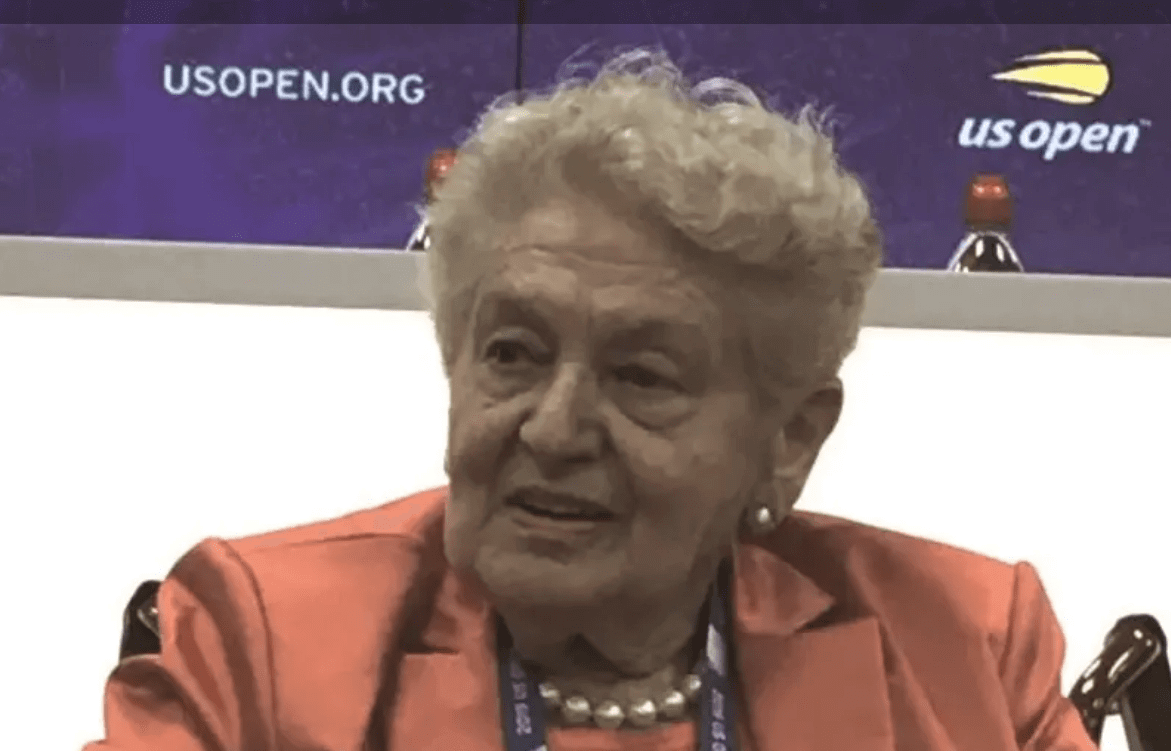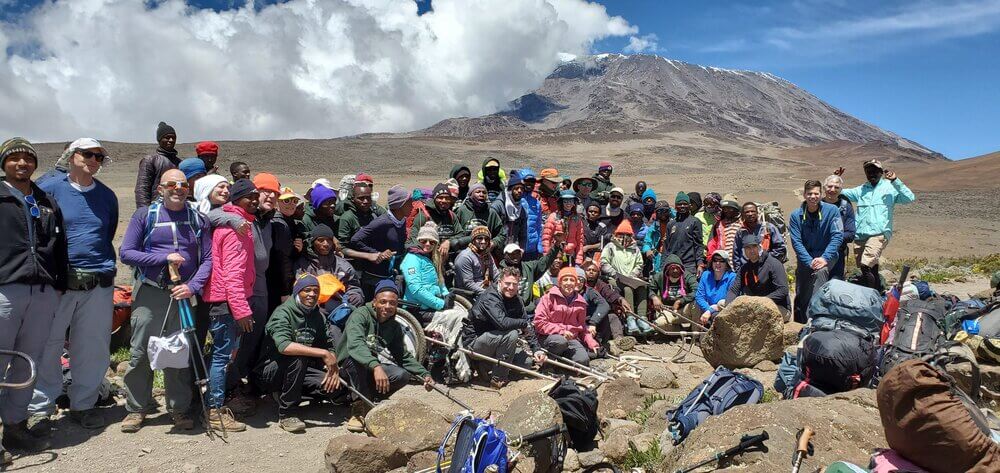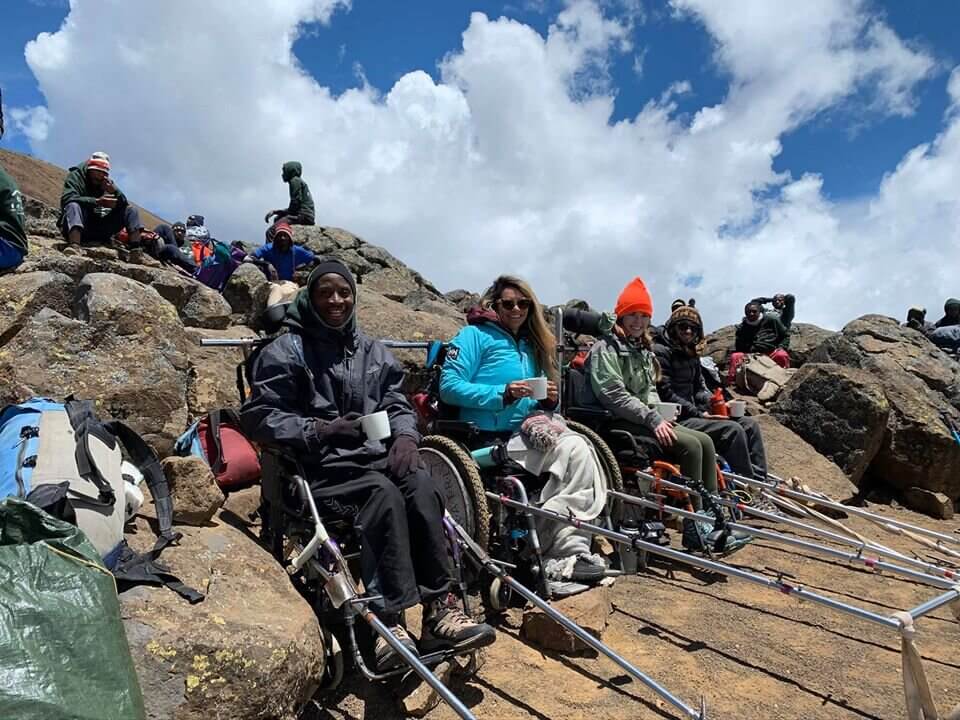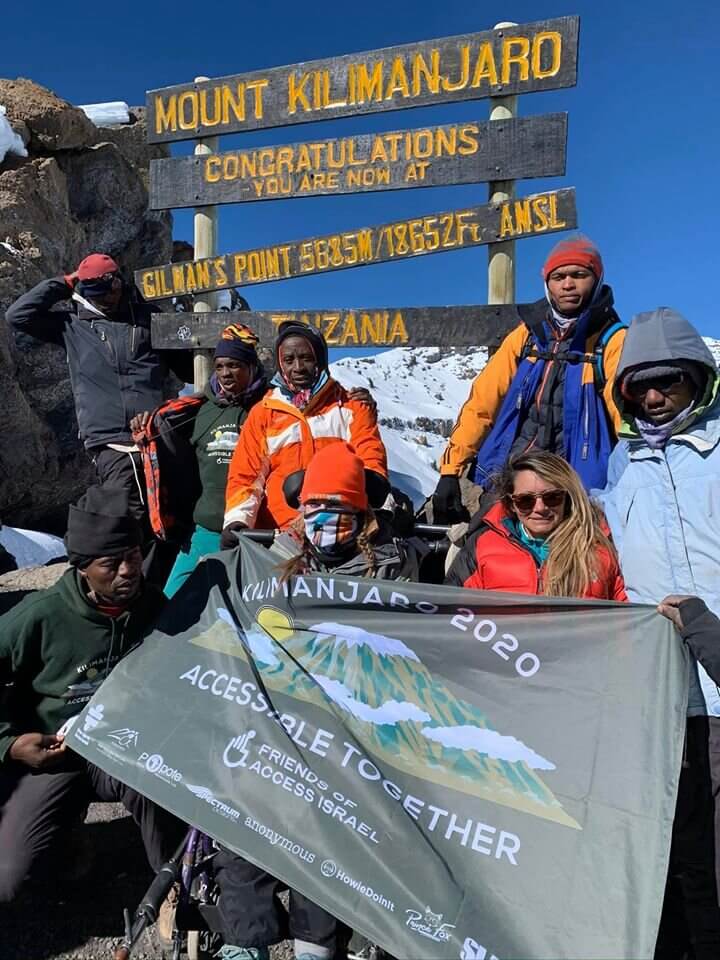Original Article Published On The Jerusalem Post
Also read it in Spanish On Enlance Judio
Until her death Monday at age 85, Buxton was still waiting for her August 1958 application for membership in the All-England Lawn Tennis Club to be approved.
Sandra Harwitt – my seatmate on the free bus which takes US Open credentialed media, umpires, coaches and players from Manhattan to the US Tennis Center in Queens – playfully asked if I recognized the 80-year-old woman in front of us.
Harwitt, a tennis writer and author of The Greatest Jewish Tennis Players of All Time, clearly did. It was Angela Buxton, the feisty 1956 Wimbledon women’s doubles championship from England, best known for befriending and teaming up with African-American Althea Gibson.
Why would a Liverpool-born Jewish woman, who spent World War II in South Africa, and spent significant time in the US, India, and Israel, break the color barrier in tennis? Quite simply, Buxton saw herself and Gibson as outsiders.
Until her death Monday at age 85, Buxton was still waiting for her August 1958 application for membership in the All-England Lawn Tennis Club to be approved.
“I think the reason is quite clear,” the feisty, straight-talking Buxton told me in her English accent in a 90-minute interview in the media dining room at the 2014 US Open.
“I can only assume it is because I am a Jew.”
Buxton always spoke candidly. She was delighted that I write about tennis for Israeli and other topics for Israeli publications. We became friends and stayed in contact over the years. Buxton would call, send her tennis articles—or a DVD of the movie, Althea and Angela: A Perfect Match, and she insisted I read the book, The Match: Althea Gibson & Angela Buxton: How Two Outsiders – One Black, the Other Jewish – Forged a Friendship and Made Sports History. I last saw Buxton at the 2019 US Open – this time in a wheelchair – at the dedication of the Althea Gibson statu
Buxton experienced racism for the first time as an 8-year-old in South Africa, when friends and neighbors disapproved of a friendship with a black girl her age. Buxton’s first encounter with antisemitism also occurred in South Africa when a man remarked, “You Jews are all the same. You think you own the world!”
As a teenager she applied to join the Cumberland Club, the top tennis facility in North London. Coach Bill Blake reportedly rejected Buxton, saying “You’re perfectly good, but you’re Jewish. We don’t take Jews here.”
Instead, she practiced on the private tennis court of Simon Marks, the Jewish owner of the department store Marks & Spencer.
As a pro, Buxton’s first encounter with antisemitism in the tennis world occurred at the Los Angeles Tennis Club in 1952. She was denied membership because she was Jewish.
Buxton’s first encounter with antisemitism in the tennis world occurred at the Los Angeles Tennis Club in 1952. She was denied membership because she was Jewish.
In 1953, Buxton had a very positive Jewish experience. She traveled to the Maccabiah Games from England to Israel – by boat, on a ship called “Artza,” – with 100 Jewish fellow athletes.
In 1956, Buxton asked Gibson to be her doubles partner at the French Championships and Wimbledon. After the pair won Wimbledon, a British newspaper headlined a report, “Minorities Win.” Buxton injured her wrist at an August 1956 tennis tournament in New Jersey and her tennis career soon came to an end.
Buxton’s colorful post tennis-playing life included teaching and coaching tennis, starting the Buxton Tennis Center in North London, sports writing and volunteering with her three children – then-ages 6, 4, and 18 months – on Kibbutz Amiad during the Six Day War.
Buxton returned to Israel many times over the years and helped found Israel Tennis Centers.
Buxton was inducted into the Black Tennis Hall of Fame in 2015 for her relationship with Gibson and the International Jewish Sports Hall in Israel in 1981.
I will miss seeing Angela schlepping her big “wheely” suitcase through the grounds of the US Open, and her calling me at random times to share a story or article. The world has lost a legend – one with a real Jewish soul!





